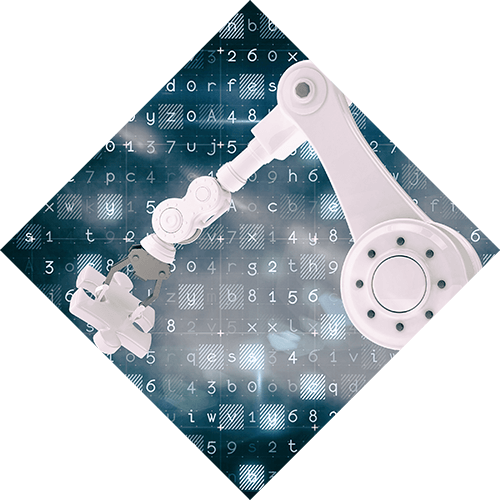When it comes to Microsoft Dynamics 365 Business Central implementation, the word "rapid" can sound incredibly tempting.
A fully functioning ERP system, live in a matter of weeks? It’s a compelling proposition for growing businesses eager to move away from legacy systems or spreadsheets.
But as with most things in life, it’s not quite that simple. The best solution isn’t always the fastest – it’s the one that fits your business requirements.
The right implementation approach depends entirely on your business needs, resources, and future plans.
In this blog, we’ll break down the pros and cons of Rapid vs Standard (Traditional) Business Central implementations so you can make an informed decision that fits your business.
Get in touch to schedule a call
Why Dynamics 365 Business Central?
Businesses today need more than just basic accounting tools; they need a centralised system that connects finance, inventory, sales, purchasing, and operations. Dynamics 365 Business Central is designed to do just that.
It replaces outdated systems with a modern, cloud-based ERP that supports better decision-making, improves team collaboration, and enhances overall efficiency.
Whether you're dealing with manual processes, data silos, or costly legacy platforms, Business Central offers a scalable and future-proof solution.
It’s ideal for businesses that want to grow confidently, adapt quickly, and gain real-time insights without the complexity or cost of enterprise-level systems.



















